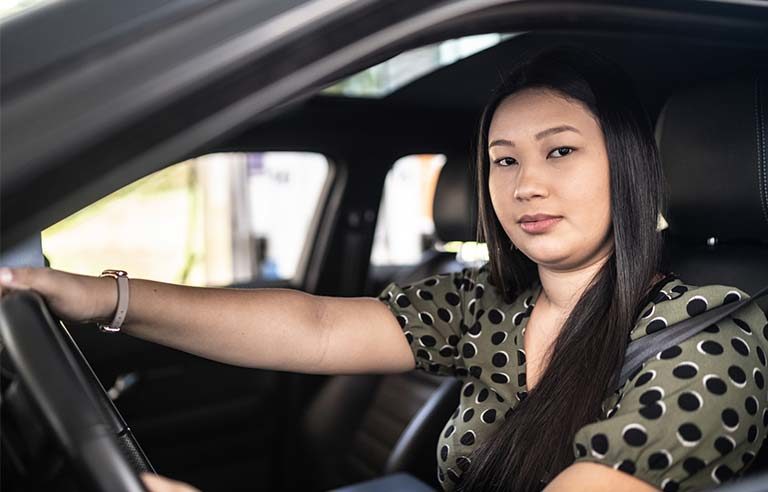Vehicle choice, crash differences put women at increased risk of serious injury: study

Arlington, VA — Women are at greater risk of severe injury in traffic incidents because of the types of vehicles they typically drive and the circumstance of their crashes, results of a recent study from the Insurance Institute for Highway Safety show.
An analysis of injury data from police-reported tow-away front- and side-impact crashes between 1998 and 2015 shows that female drivers were 37% to 73% more likely to be seriously injured and 20% to 28% more likely to be killed in a vehicle crash after adjusting for speed and other factors.
“The numbers indicate that women more often drive smaller, lighter cars and they’re more likely than men to be driving the struck vehicle in side-impact and front-into-rear crashes,” Jessica Jermakian, vice president of vehicle research at the institute, said in a press release. “Once you account for that, the difference in the odds of most injuries narrows dramatically.”
In front-impact crashes, women were three times more likely to suffer a moderate injury (e.g., broken bone or concussion) and twice as likely to experience a serious injury (e.g., collapsed lung or traumatic brain injury). In side-impact crashes, women were 50% more likely to be seriously injured, while moderate injuries were about equal for both sexes.
When it comes to vehicle choice, men and women driving minivans and SUVs experienced similar crash rates. However, around 70% of women crashed while driving cars, compared with 60% of men. Additionally, men were more likely to drive the striking vehicle in two-vehicle front-to-rear and front-to-side crashes. In those circumstances, IIHS researchers noted, the driver of the striking vehicle is less likely to be injured than the person in the struck vehicle.
According to IIHS, the discrepancy between men and women in vehicle crash injuries has led to a greater call for new crash test dummies that better reflect how women’s bodies react to forces of collisions. Jermakian said strengthening the occupant compartment as well as advances in seat belts and airbags have provided better protection for all drivers and passengers.
Post a comment to this article
Safety+Health welcomes comments that promote respectful dialogue. Please stay on topic. Comments that contain personal attacks, profanity or abusive language – or those aggressively promoting products or services – will be removed. We reserve the right to determine which comments violate our comment policy. (Anonymous comments are welcome; merely skip the “name” field in the comment box. An email address is required but will not be included with your comment.)
